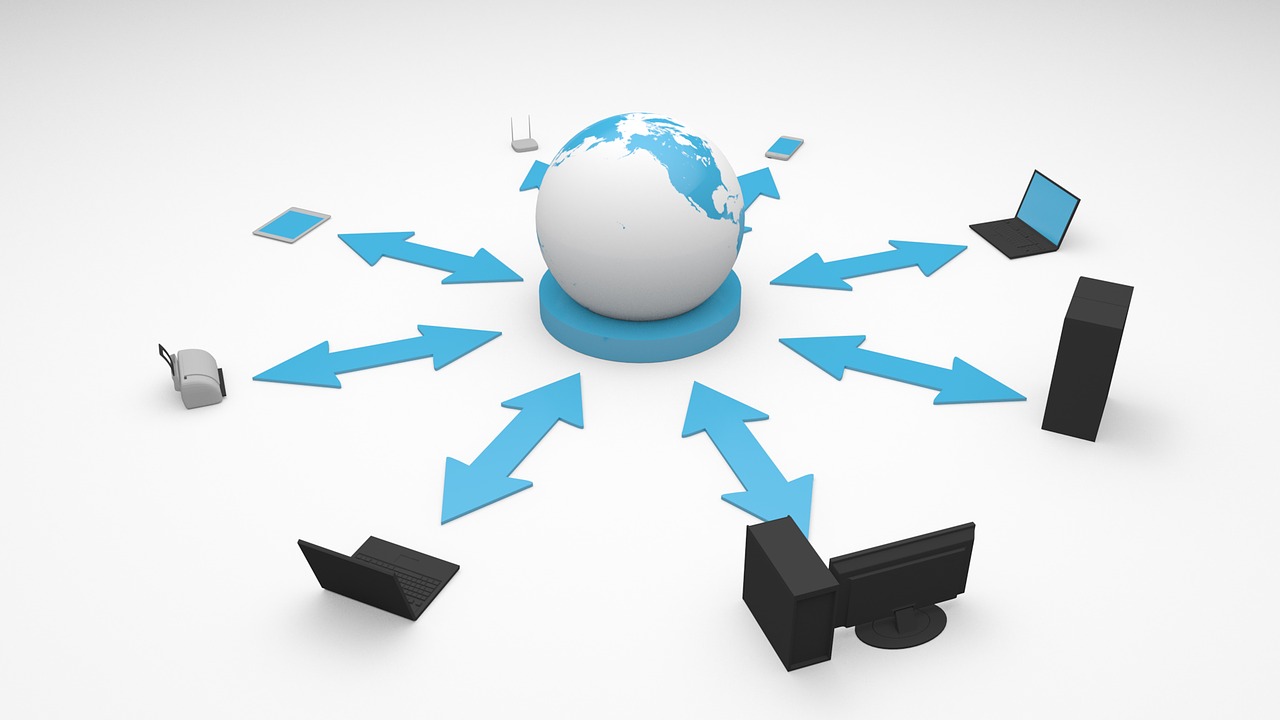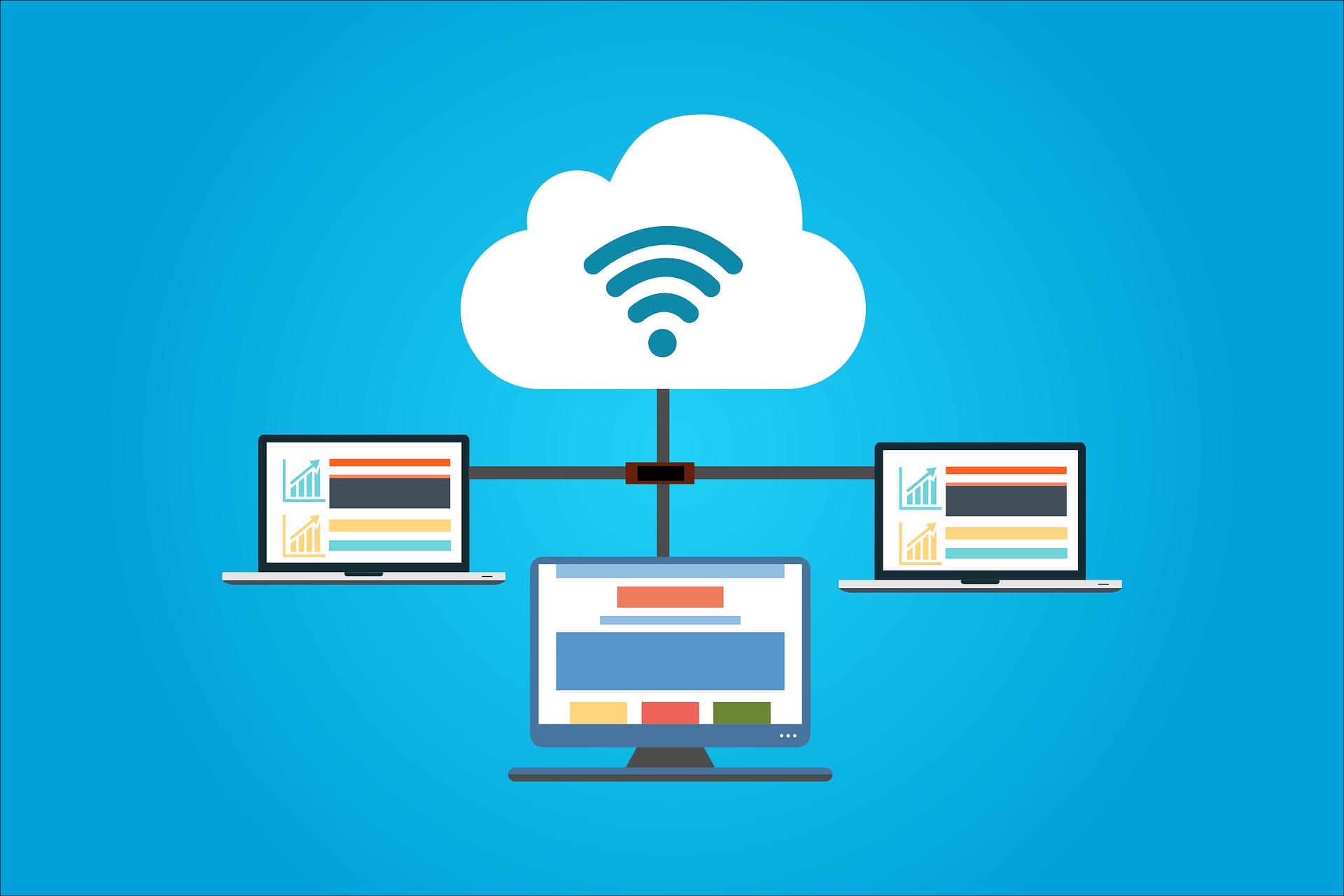Due diligence is no longer confined to M&A situations. Compliance and tax audits seem to increase every month; joint ventures demand a high speed of response; frequent business partnerships and opportunities require fast onboarding, and other situations like fundraising initiatives come along repeatedly – all of them necessitating due diligence.
As a result, responsible companies are making due diligence part of their daily rhythm of business.
 Fortunately, new tools help enterprises to remain on top of their due diligence at all times, and virtual data rooms, or VDRs, are leading the pack. Virtual data rooms are secure, online repositories where companies can store, access, and organize critical business documents.
Fortunately, new tools help enterprises to remain on top of their due diligence at all times, and virtual data rooms, or VDRs, are leading the pack. Virtual data rooms are secure, online repositories where companies can store, access, and organize critical business documents.
By improving the security and organization of critical documents, making it easier to find the right item at the right time, and saving companies both time and money, virtual data rooms make due diligence flow more smoothly for companies in every situation.
Let’s drill down into three key reasons why virtual data rooms are so useful in due diligence scenarios.
Increased Security
Before the new wave of virtual data rooms, sharing business-critical documents was a stressful and fraught proceeding. Physical documents could be mislaid, damaged, or taken either on purpose or by mistake. If the stakes were very high, you had to guard against someone taking clandestine copies or photographs of your documents.
Sending electronic documents to other parties meant relying on insecure electronic methods like email or snail mail to protect your stack.
The advent of cloud-based virtual data rooms has brought a noticeable improvement in security. Virtual data rooms are protected by access controls, alongside high levels of encryption that meet advanced data compliance regulations, forming a single secure archive for all a company’s vital documents.
There’s no need to remove files in order to review them, which lowers the risk of someone losing or walking off with a crucial document.
Advanced security measures like watermarks and web fence overlays prevent anyone from taking a copy-and-paste approach or printing out sensitive information. What’s more, powerful permissions controls mean that each individual can access only the documents that are allowed by the administrator, providing precision security controls that guard documents from curious eyes.
Lower Costs
It used to be the case that unless companies were willing to entrust their most precious documents to a mail, courier, or email network, they could only share documents by meeting up in person.

Company representatives would have to spend hours, days, and sometimes even weeks in travel to read, exchange, or sign documents with their opposite numbers. Generally, those representatives were quite high up in the business hierarchy, so they had to leave work undone and projects unfinished, just in order to share files.
In some cases, companies wouldn’t agree to letting their documents leave the building, which meant that company A had to travel to company B to read and approve their documentation, and then company B would have to carry out the same mission in reverse.
In this manner, due diligence processes sucked up both time and money.
But virtual data rooms cut through this mess. Confidential documentation can be accessed securely online from anywhere in the world, and with the right solutions, two parties can even sign contracts and agreements simultaneously. Companies no longer need to expend time and money on physical meetings in order to share documents.
Improved Organization
Physical files can be hard to keep organized. If just one person returns a file to the wrong shelf, it becomes all but impossible to find it again without going through the entire archive. One lazy consultant or worker in a hurry can mislay or mess up the whole file retrieval system. What’s more, paper files can be damaged, crumpled, and left out of order.
Virtual data rooms bring a saving organization to file storage. Files can be stored in nested folders according to their date, topic, or other criteria. Digital search means that even a file that’s out of place can be located within a couple of seconds.
Another organizational advantage of a VDR is that the same file can be shared with multiple people at the same time. Sending a document to company A doesn’t mean that you can’t find it until it’s returned. If you’re preparing due diligence for a number of different parties, you can place all the necessary files on each list, without leaving a gap on the shelf. It’s just a matter of granting the right permissions to each party.
The anonymous access rules ensure that only the administrator knows who has access to each item.

Virtual Data Rooms Are The linchpin Of Due Diligence
As due diligence grows ever-more important, the role of virtual data rooms becomes increasingly significant. Saving time and money in travel to share documents, improving the organization and location of vital files, and ensuring that critical data is always stored and shared under the most secure conditions makes virtual data rooms the linchpin of due diligence for responsible companies.
